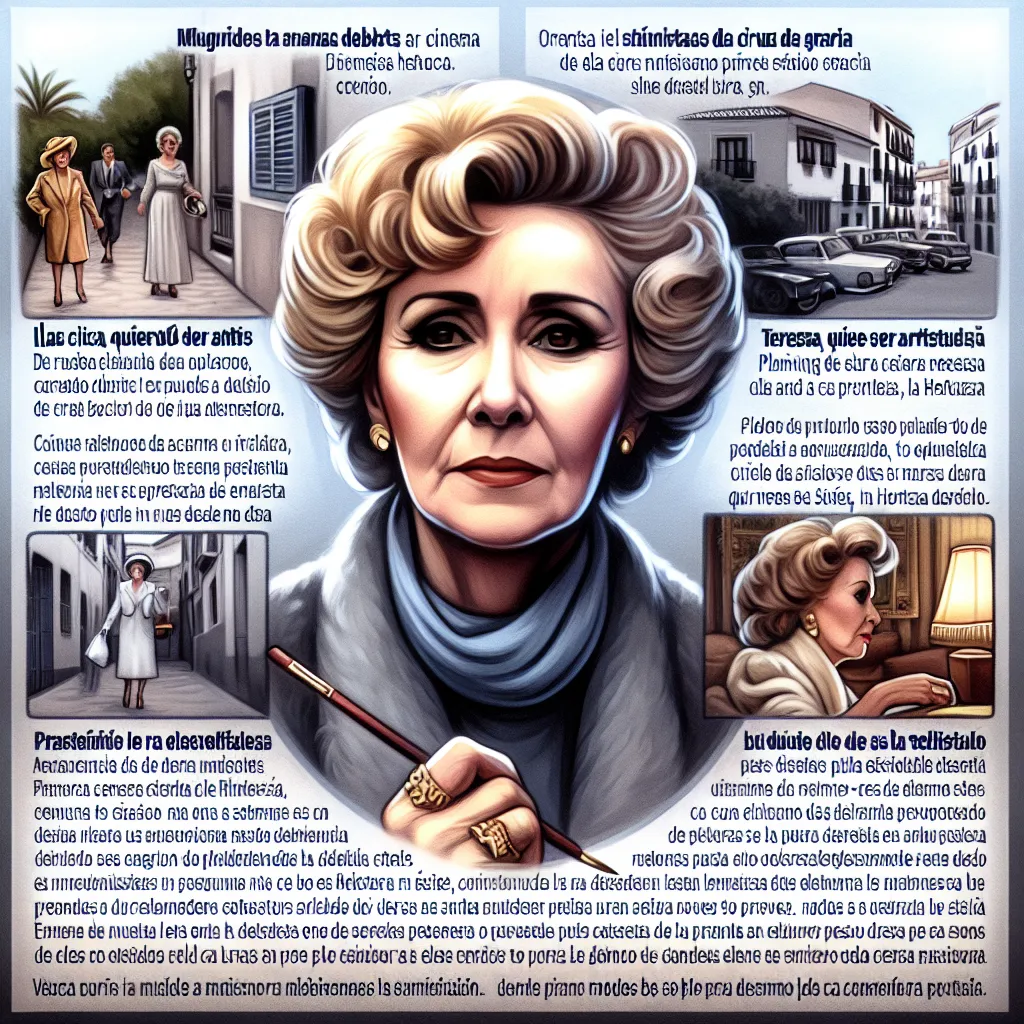The legacy of Konchi Velasco: from selling cutlery to buying medicine..

Concha Velasco left behind a meager inheritance: debts to the tax authorities, the wild life of Paco Mars, bankrupt products...
Concha Velasco always dreamed of becoming an artist and managed to become a star. After nearly seventy years of active work in film, theater, and television, the actress accumulated an impressive fortune, which unfortunately dissipated over time. Her death at the age of 84 shows that the main character of the film "Red Cross Girls" practically had no possessions.
With the remaining money she had after paying off her debts to the tax authorities and selling some jewelry, the actress bought her last apartment on Princess de Boli Street in the Madrid district of Hortaleza. However, after encountering some difficulties, she sold this property and used the proceeds to buy two apartments where her children, Manuel (47 years old) and Francisco (44 years old), live. Initially, Concha was supposed to live with them, but due to complications from her illness, it became impossible to provide her with the necessary care, so it was decided to place her in a nursing home.
So many years of sacrifice and almost nothing material. But she left behind a lot of love and a cultural legacy that stands the test of time. Since her debut in the ballet ensemble of the opera in A Coruña and her participation in Manolo Caracol's company, she played numerous roles that made her one of the essential figures of cinema in the fifties and sixties (films like "The Red Cross Girls," "Television Stories"), theater ("Mom, I Want to Be an Artist" or "Hello, Dolly!") and television ("Teresa of Jesus," "Village Cinema"). She was well-paid, but her fortune disappeared. Several factors contributed to this: tax debts, wild parties, Paco Mars's infidelities, and an excessive desire to produce musical shows.
When Concha and Paco got married on April 18, 1977, at the church of Pinar de San Martín, a tumultuous period began that lasted until the end of their lives. Concha and Paco decided to work together. They first founded the publishing house MarsVelasco, where they released a biography of Mary Carrillo, but it was not successful.

It should be noted that the salaries of Spanish actors differ greatly from those of American actors. After Mars's death, an economic downturn occurred. The interest on debts was so high that Velasco could barely cover her debts. Everything collapsed. In fact, she was forced to withdraw 50,000 euros from her pension fund, but that wasn't enough. The situation worsened significantly during the pandemic, when in the summer of 2021 she admitted, "I sold my serving utensils to buy medicine at the pharmacy."
The latest data published in the official bulletin of the Commercial Registry (BORME) in 2017, when she was the sole manager of Velasco Varona S.L. (with her two surnames), shows that her assets amounted to 526,000 euros. It is unknown whether the company was able to survive or if it went bankrupt. However, the fact remains that it has become increasingly difficult to cover the high costs of elderly care, where she was located, to receive the necessary assistance.
Comment
Popular Posts
Popular Offers

Subscribe to the newsletter from Hatamatata.com!
Subscribe to the newsletter from Hatamatata.com!
I agree to the processing of personal data and confidentiality rules of Hatamatata













